ECB Governing Council member and head of Slovakia’s central bank, Peter Kazimir, indicated in an opinion piece that the possibility of further rate hikes remains on the table. Also, it’s premature to bet on the timing of the first rate cut.
Kazimir emphasized that the forthcoming March forecast will be a decisive factor in ascertaining whether the inflation target is within reachable limits, stating, “Only the March forecast can confirm that we are heading unequivocally and steadily towards our inflation goal.”
“That is why I cannot rule out the possibility of further rate increases today,: he added.
Elaborating on the current stance of the policy rates, Kazimir metaphorically commented, “Assume we’re at the top. If so, we may have to stay camping here for quite some time and spend the winter, spring, and summer here.”
Hence, it would be “premature to place market bets on when the first interest rate cuts will occur.”
Meanwhile, he did leave the door open for potential adjustments in the bank’s quantitative tightening measures, contingent on economic data. He noted, “As soon as incoming economic data and analyses confirm that further tightening is unnecessary, I see room for a debate about adjusting the pace of our quantitative tightening.”




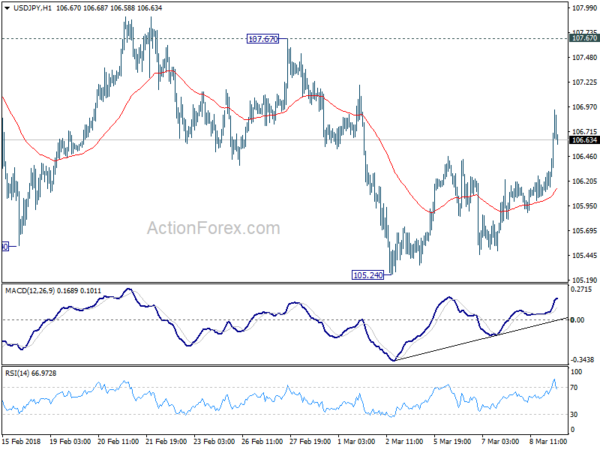
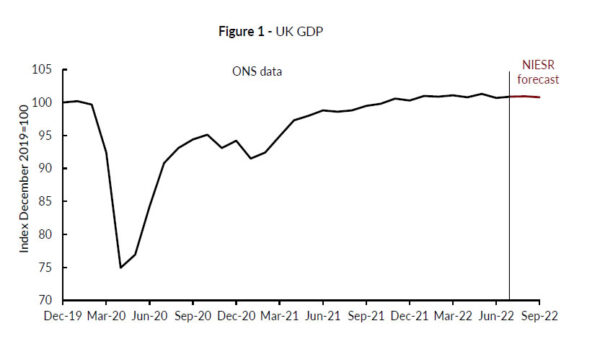
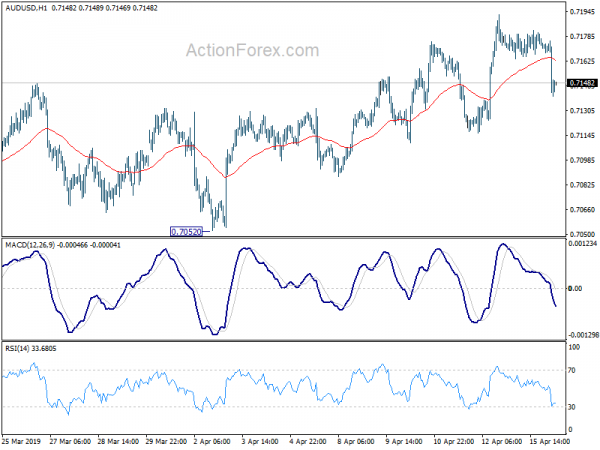
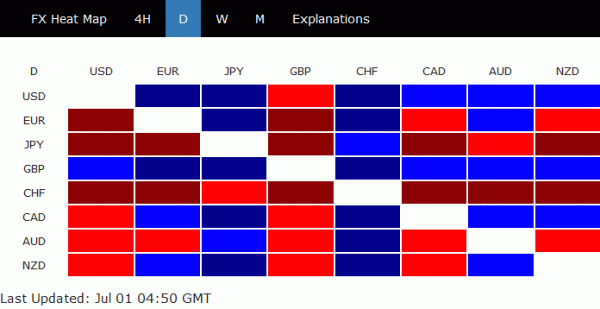
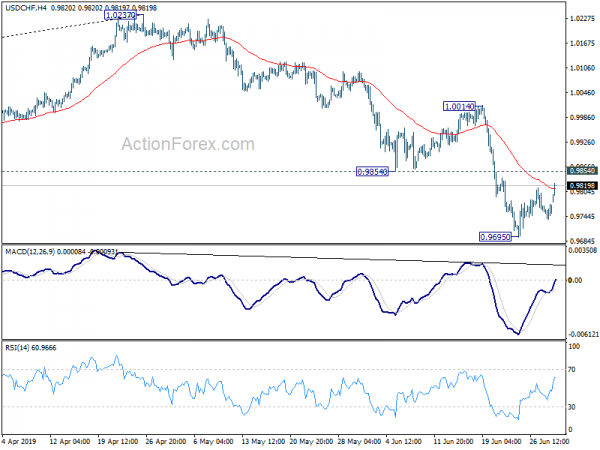
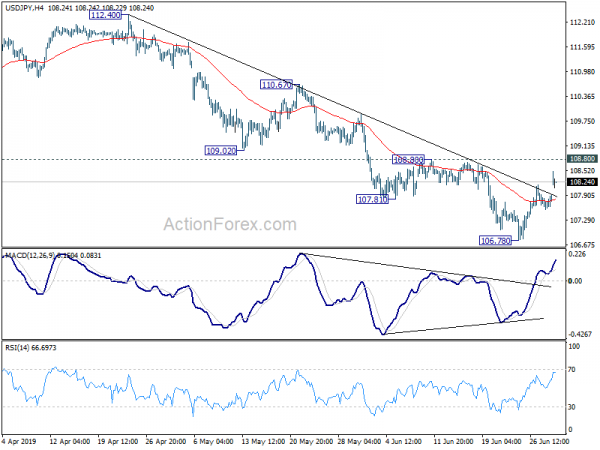
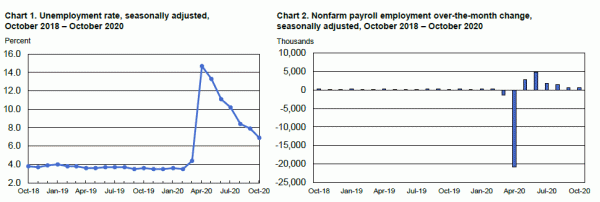
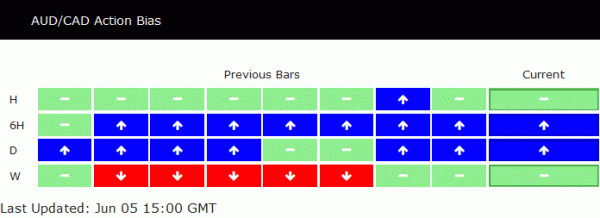
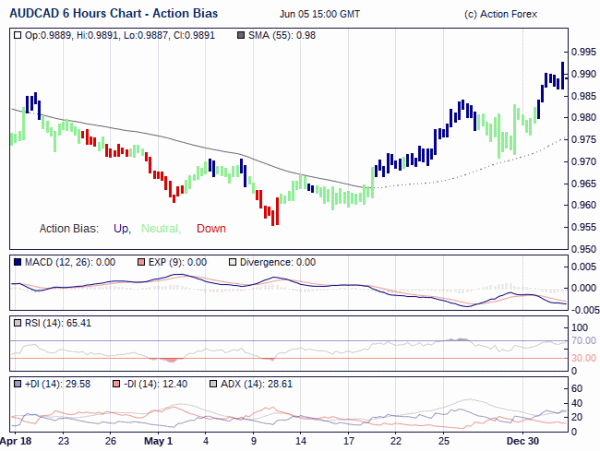
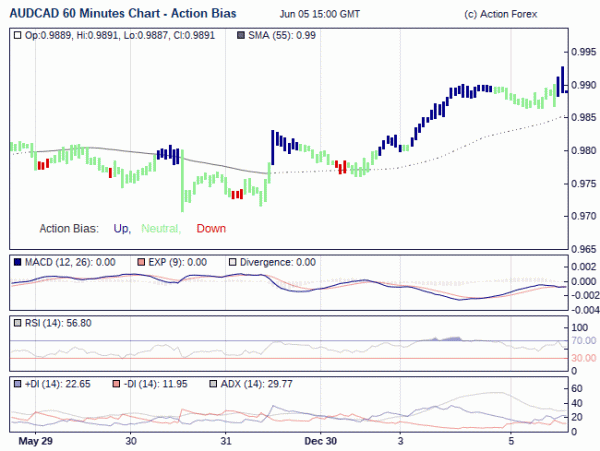
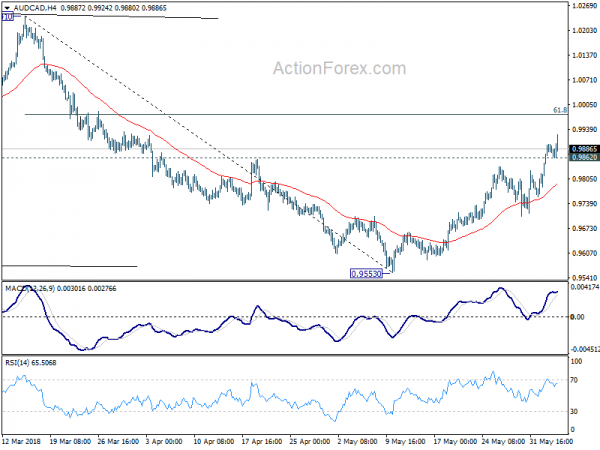
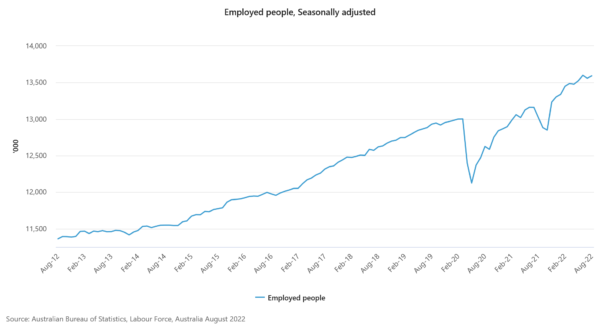
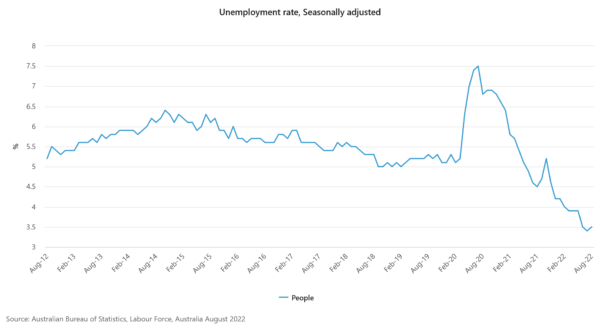
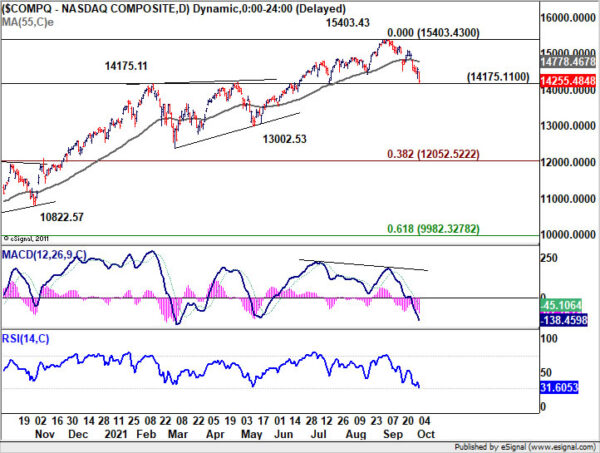
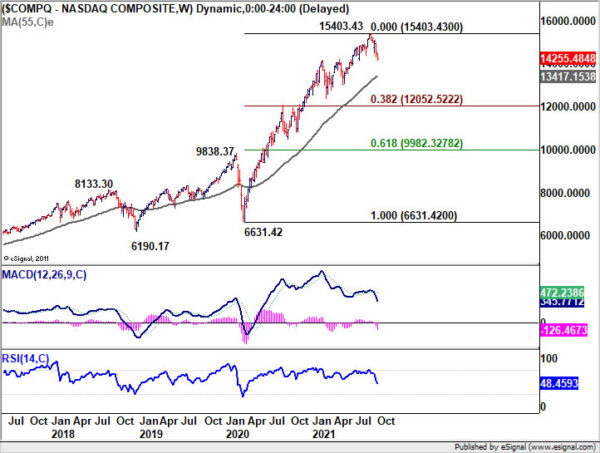
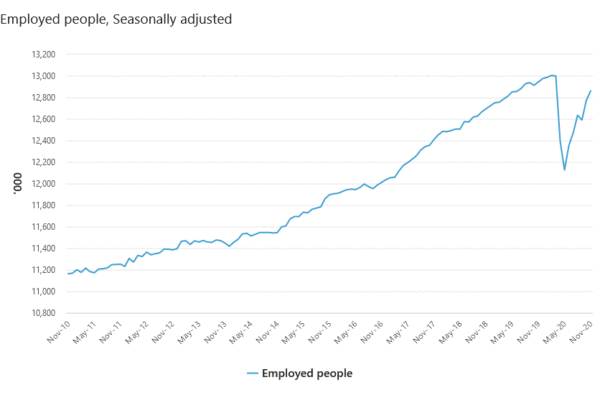
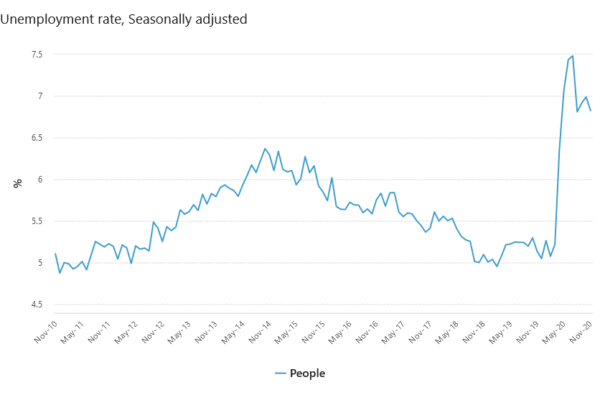

Germany PMI composite rose to 46.6, contraction maybe shallower than first feared
Germany PMI Manufacturing improved from 45.1 o 46.7 in November. PMI Services dropped from 46.5 to 46.4. PMI Composite also recovered slightly from 45.1 to 46.4.
Phil Smith, Economics Associate Director at S&P Global Market Intelligence said:
“November’s flash PMI survey doesn’t alter the narrative that Germany is likely heading for a recession, but it does offer some hope that the contraction in the economy will perhaps be shallower than first feared. The headline PMI surprised on the upside, coming in above consensus at 46.4 and signalling the slowest rate of decline in business activity for three months.
“Positively, data showed a reduction in the downward pressure on factory production, as manufacturers reported an improvement in material availability and an overall shortening of supplier delivery times for the first time in almost two-and-a-half years.
“Not to get too carried away, however, underlying demand continues to weaken rapidly, linked to sharp price increases and hesitancy among customers, with the downturn in service sector new business even gathering pace to the quickest since May 2020.”
Full release here.